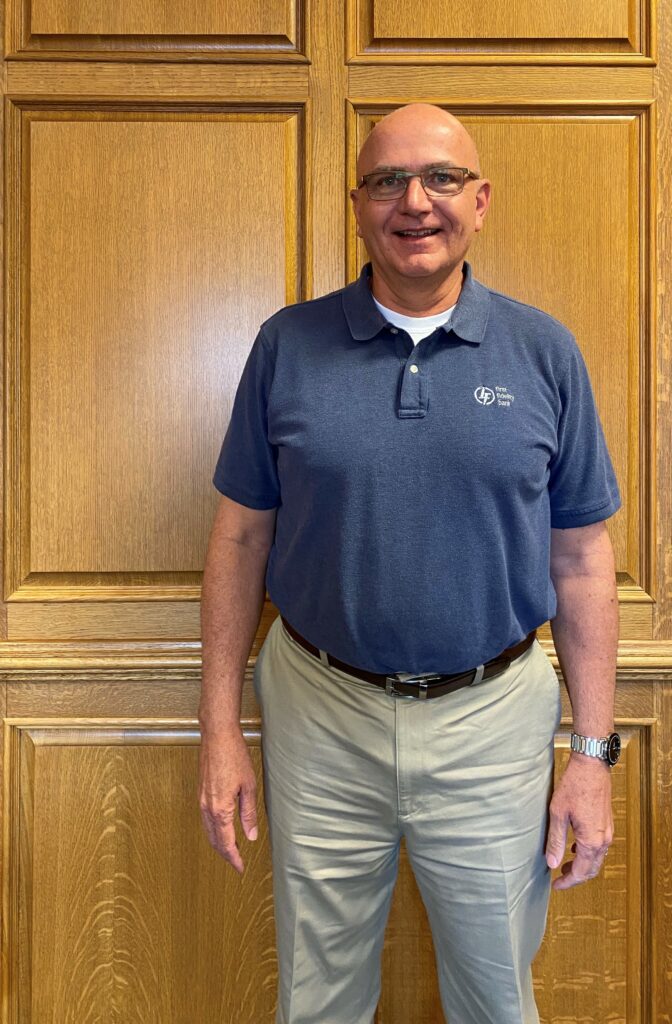The Association of Mature American Citizens magazine has listed Winner as one of three places to retire.
Choosing the best place to retire is the top priority of many older Americans who seek to live well and use their money wisely.
In an informal survey of AMAC members, eight points were identified as important to retirement: affordability/ lower cost of living (housing and expenses), lower taxes, health care access, safety/low crime rates, favorable year round weather, abundance of activities, conservative government, proximity to family and friends.
In addition to Winner, the other cities chosen were Brandon, Miss and San Antonio, Texas.
The report in the magazine says the town of Winner is picturesque with the town sign boasting “Winner the beginning of the real west.”
This is a great town for people who want to escape the hustle and bustle of big city life.
Most residents own their own homes.
Winner has experienced a job market increase over the last year and it is predicted to rise in the future but not as fast as the U.S. average. There are several reasons why Winner may be good fit for some retirees. Winner regional hospital is headquartered in the town and handles trauma, cardiology, vascular surgery and care of the critically ill as part of its service.
Winner is in the 66th percentile for safety, meaning that 66 percent of the cities are more dangerous. The small town experiences 226 days of sunshine with 46.2 inches of snow per year as compared with 28 inches as the U.S. average.
Thus, it is ideal for retirees who enjoy snow. The summer high averages 88 degrees in July and the winter low in January is about 12 degrees
For activities, there is a drive-in theater, a community playhouse, a historical museum, library, park, pool, rodeo, gun club and a veterans memorial. There are also recreational trails and an abundance of nature.
The magazine says choosing a retirement location is a deeply personal experience.
Mike Scott, executive director of the Winner Area Chamber of Commerce, says his office has had several inquires since this article was published.

